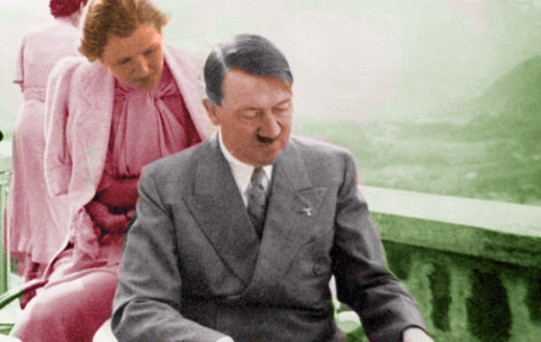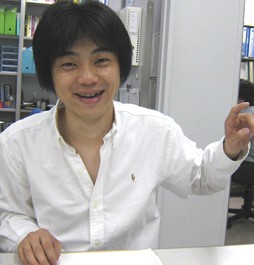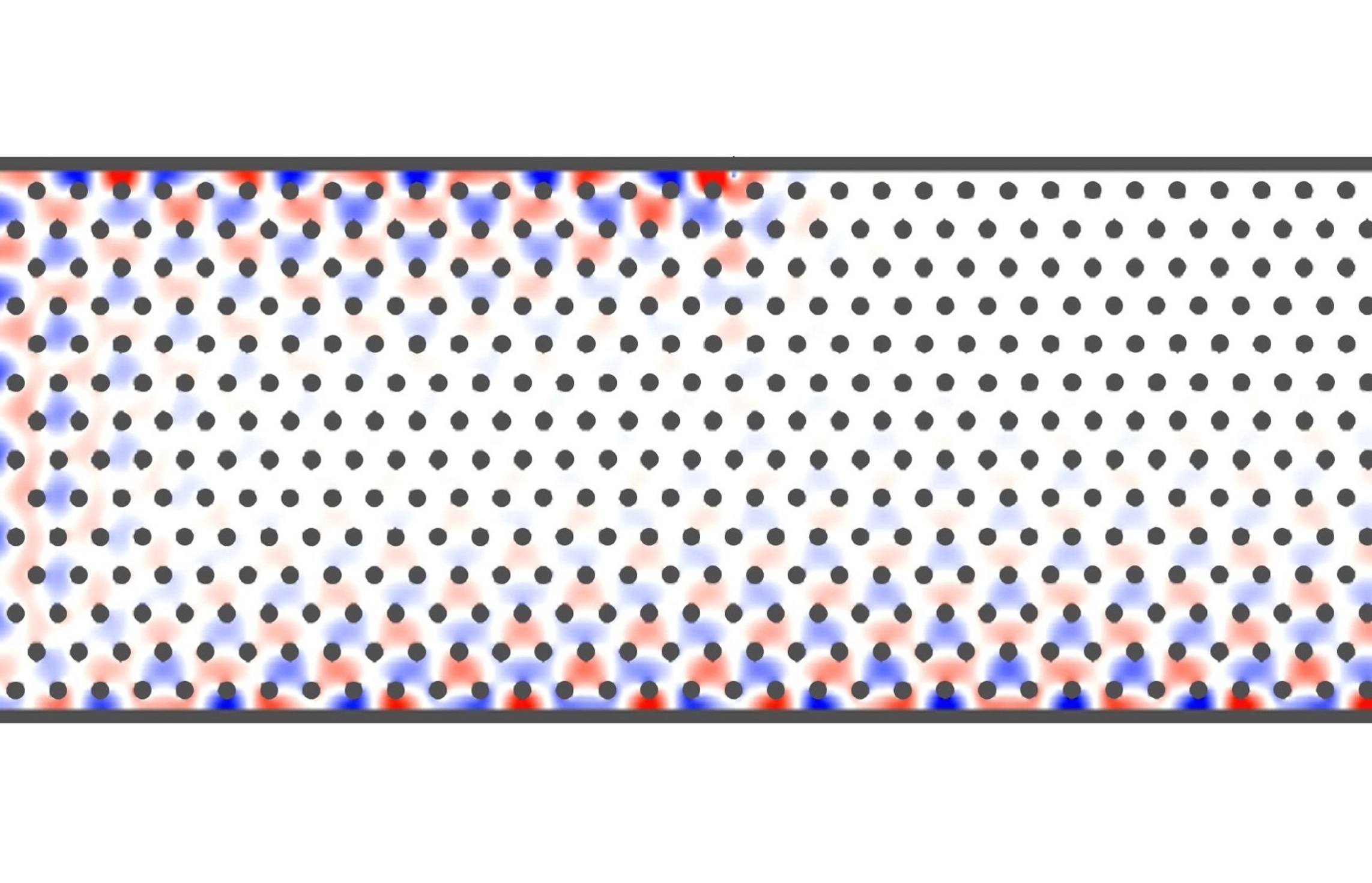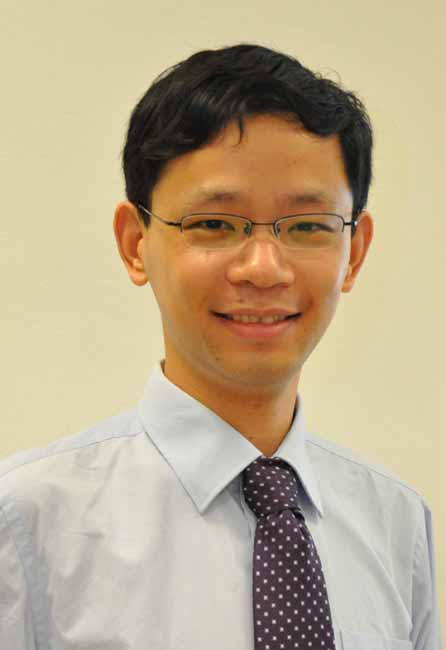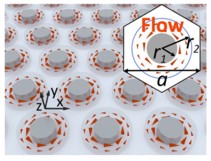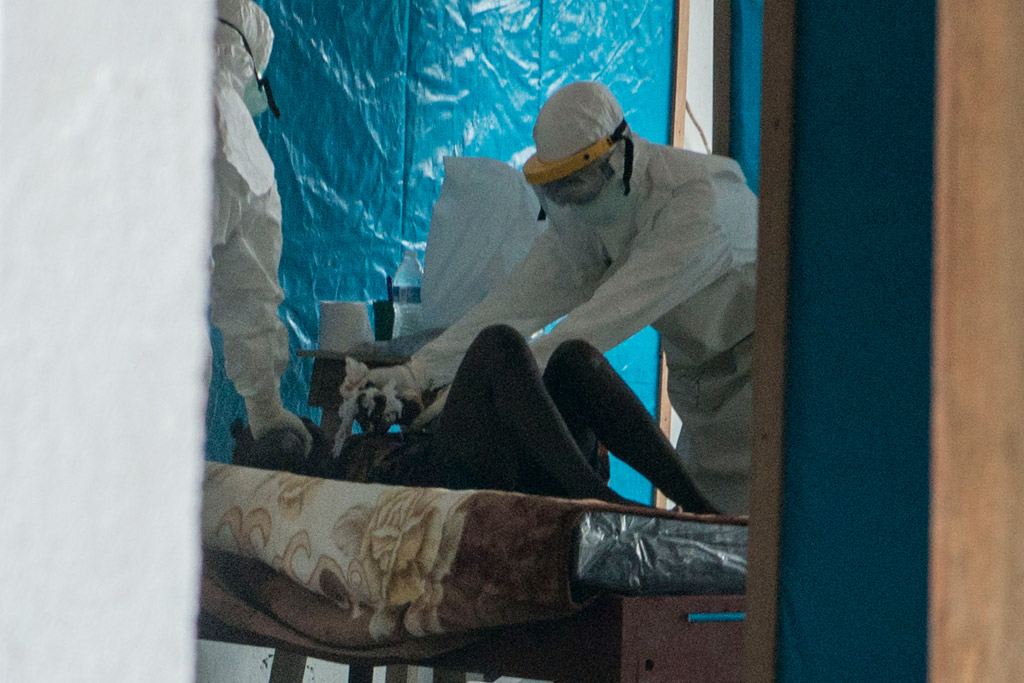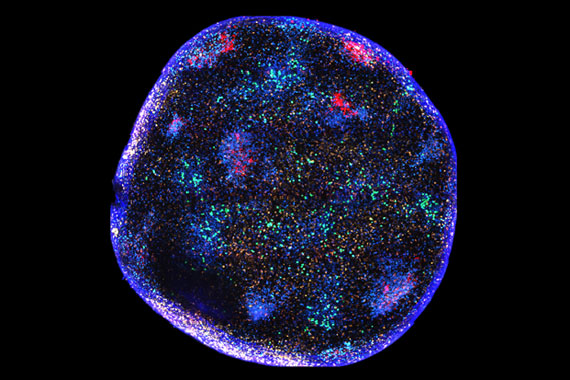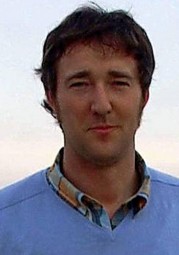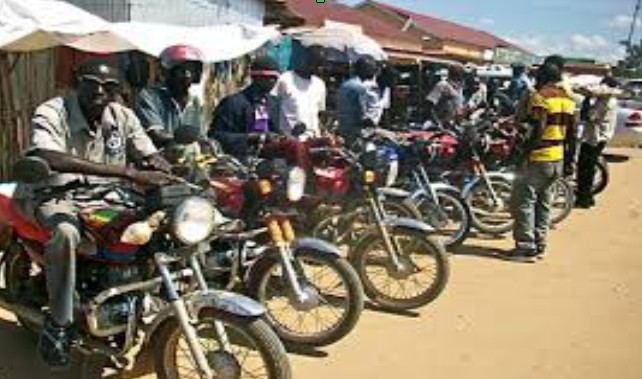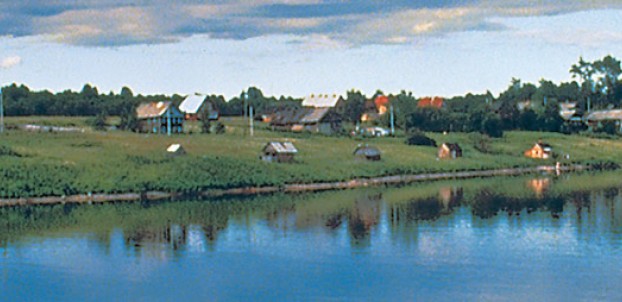Women more likely to avoid harming even a single person, even if it results in thousands of deaths, research finds
Although females rationally evaluate the outcomes of actions the same as males, females make different decisions about their actions, according to recent research. Females are more strongly influenced by emotional aversion to causing immediate harm than are males, even when they believe their less harmful actions will result in greater overall harm, such as in hypothetical situations about stopping mass killers by killing or torturing them first.
“Gender differences on moral dilemmas which pit utilitarianism against deontology, seem to be driven primarily by differences in affective reactions to harm-doing, and very little, if at all, by differences in terms of cognitive evaluations of outcomes,” Dr. Rebecca Friesdorf of Wilfred Laurier University in Ontario, Canada told The Speaker.
“In other words, in this context, men and women seem to differ little in terms of how much they rationally consider the end result, but much more in terms of their emotional response to harming a single victim.”
The team of scientists, which also included members from the University of Cologne and the University of Texas, looked at data from 6,100 participants who had participated in research about high-stakes moral dilemmas, which included decisions that would result in death, lies, abortion and animal research. They team sought for differences in moral judgements between the sexes.
The team used a statistical procedure to rate and quantify the nature of the judgments.
“Although there is little evidence for gender differences in cognitive processing,” commented Friesdorf, “gender differences in affective processing are common and robust. For example, men and women score equally high on need for cognition, and gender differences in cognitive ability tend to be rather small. Yet, women tend to experience stronger emotional responses than men; they are more persuaded by messages appealing to emotion; they score higher on measures of empathic concern; and they are more adept at identifying with other’s emotional states.”
In the recent research, the team found that females were less willing to support the killing of Adolf Hitler or torturing a bombing suspect to find explosives, although they reasoned that the actions would save more lives overall.
The researchers suspect that the reason for this is that females are more emotionally averse to the idea of themselves causing harm than are men.
“We suspect that this is the case based on prior research, specifically Greene’s (2007) dual-process model of moral judgment,” said Friesdorf. “A large body of evidence supports this model, in which rejecting harmful actions in moral dilemmas is associated with affective processes, and accepting harmful action that maximizes outcomes is associated with cognitive processes. For example, manipulations that vividly highlighted the harm caused by action increased deontological judgments, whereas reducing negative affect reduced deontological judgments. Conversely, manipulations enhancing rational decision-making increased utilitarian judgments, whereas cognitive load slowed and time pressure reduced utilitarian judgments. Moreover, brain regions associated with affect were more active when people made deontological judgments, whereas brain regions associated with working memory were more active when participants made utilitarian judgments.
“Thus, a wide range of evidence supports the dual-process model of moral judgment where affective reactions to harm motivate harm rejection regardless of the outcomes — consistent with deontological ethics — and cognitive evaluations of outcomes motivate harm acceptance when harm leads to better overall outcomes — consistent with utilitarian ethics.”
Although not the subject of their recent work, Friesdorf offered us some thoughts about how the differences in female and male decision-making might have effects in the real world.
“Although I’m not currently aware of any research which investigates gender differences in these inclinations (deontological/utilitarian) in more every-day type scenarios/dilemmas, I suspect that it is possible that they do generalize to some situations. For example, perhaps in an employment context, female managers might be more likely than male managers to be empathic/sensitive toward the potential suffering of a single employee, and therefore less likely to make a choice which greatly benefits a large group of employees, if it involves dealing great harm to the single individual.”
The report, “Gender Differences in Responses to Moral Dilemmas,” was completed by Drs. Rebecca Friesdorf, Paul Conway, and Bertram Gawronski, and was published in Personality and Social Psychology Bulletin.
